
News Directory
Ball Bearings vs. Roller Bearings: Understanding the Differences and Applications
1. Introduction
A Brief Overview of Bearings and Their Importance
Have you ever wondered what allows a car's wheels to spin freely, a ceiling fan to turn smoothly, or even a hard drive to whir at incredible speeds? The answer lies in a seemingly simple but incredibly crucial component: the bearing. At its core, a bearing is a mechanical element that reduces friction between moving parts, allowing them to move with minimal resistance. This not only makes things run more smoothly but also increases efficiency, reduces wear and tear, and extends the lifespan of machinery. Without bearings, everything from the simplest skateboard to the most complex industrial machine would grind to a halt.
Purpose of the Article: Comparing Ball Bearings and Roller Bearings
When it comes to choosing the right bearing for a specific job, you'll find there's a huge variety to choose from. But two of the most common and fundamental types are ball bearings and roller bearings. While they both serve the same basic purpose—reducing friction—they do so in fundamentally different ways. This article will help you understand those differences, exploring the unique advantages and disadvantages of each type, and guiding you to choose the best one for your specific needs. By the end, you'll have a clear understanding of when to use a ball bearing and when a roller bearing is the better choice.
2. What are Ball Bearings?
As a bearing manufacturer, we often get asked, "What makes a ball bearing a ball bearing?" It's a great question because while they might look simple, their design is a masterpiece of engineering.
Definition and Basic Working Principle
At its core, a ball bearing is a type of rolling-element bearing that uses steel balls to maintain the separation between the moving parts—the inner and outer races. The magic lies in the point of contact. The spherical shape of the balls allows them to roll smoothly between the races, which creates very little friction. This design is what makes them perfect for applications that require high speed and precision.
Types of Ball Bearings
Ball bearings aren't a one-size-fits-all solution. Depending on the direction of the force (or load) they need to handle, they come in several specialized types.
| Bearing Type | Primary Load Direction | Key Characteristics |
|---|---|---|
| Deep Groove Ball Bearings | Radial (perpendicular to the shaft) and moderate Axial (parallel to the shaft) | The most common type. Versatile, simple, and great for general use. They have a deep groove in the races to house the balls, making them good at handling both radial and some axial loads. |
| Angular Contact Ball Bearings | Combined Radial and Axial loads (in one direction) | These bearings have races that are offset, allowing them to handle both radial and thrust loads simultaneously. They are typically used in pairs or sets to support axial loads in both directions. |
| Thrust Ball Bearings | Purely Axial (thrust) loads | Designed specifically for applications where the force is exerted along the axis of the shaft. They cannot handle radial loads at all. Think of applications like lazy Susans or rotating tables where the load is pushing down. |
| Self-Aligning Ball Bearings | Radial and moderate Axial loads | This type has two rows of balls and a single concave outer ring raceway. This design allows them to automatically compensate for shaft misalignments, making them ideal for applications where perfect alignment is difficult to maintain. |
Advantages of Ball Bearings
- High Speed Capability: Thanks to their point-contact design, ball bearings generate very little friction, which allows them to operate at extremely high rotational speeds without overheating.
- Low Friction: The minimal contact area between the balls and the races means less energy is lost to friction. This translates to higher efficiency and reduced operating temperatures.
- Quiet Operation: Their smooth rolling action and low friction also result in a quieter performance compared to other bearing types.
Disadvantages of Ball Bearings
- Lower Load Capacity: The small point of contact means that the load is distributed over a very small area. This makes them less suitable for applications that involve heavy loads.
- Susceptible to Damage from High Impact Loads: A sudden, heavy impact can cause the balls to "dent" the races, a condition known as brinelling, which can quickly lead to bearing failure.
Common Applications of Ball Bearings
You'll find ball bearings in countless everyday items where high speed, low friction, and quiet operation are critical:
- Electric Motors: From small fans to industrial motors, ball bearings support the rotating shaft efficiently.
- Bicycles: They are essential components in wheels and pedals, allowing for smooth and easy movement.
- Hard Drives: The precision and high speed of ball bearings are crucial for the flawless rotation of a computer's hard drive platters.
3. What are Roller Bearings?
When you need to carry a heavy load, you don't use a bunch of small balloons; you use a sturdy, solid cart. The same principle applies to bearings. If ball bearings are like small, precise balloons, then roller bearings are the solid, dependable carts of the bearing world.
Definition and Basic Working Principle
Roller bearings are a type of bearing that use cylindrical rollers instead of balls as their rolling elements. The key difference lies in the contact area. Instead of a single point of contact, the rollers have a line of contact with the inner and outer races. This significantly larger contact area allows them to distribute the load over a much wider surface, making them capable of handling much heavier loads than ball bearings.
Types of Roller Bearings
Just like their ball-based counterparts, roller bearings come in a variety of shapes and sizes, each designed for a specific task.
| Bearing Type | Primary Load Direction | Key Characteristics |
|---|---|---|
| Cylindrical Roller Bearings | Radial (perpendicular to the shaft) | The rollers are cylinders, providing a large line of contact. They have a very high radial load capacity but no axial load capacity. Some designs can handle small axial loads, but they are primarily for heavy radial forces. |
| Needle Roller Bearings | Radial (perpendicular to the shaft) | These are a variation of cylindrical roller bearings, but with very thin, long rollers. They have an extremely high radial load capacity for their size, making them ideal for applications with limited space. |
| Tapered Roller Bearings | Combined Radial and Axial loads | These bearings feature tapered rollers and races, which are designed to support both high radial and high axial (thrust) loads. They are often used in pairs to handle loads from both directions. |
| Spherical Roller Bearings | High Radial loads and some Axial loads, can handle misalignment | They have two rows of rollers and a spherical outer ring raceway. This design makes them self-aligning, allowing them to compensate for shaft misalignment and deflection. They are the go-to choice for extremely heavy-duty applications. |
Advantages of Roller Bearings
- High Load Capacity: The line of contact between the rollers and the races allows for a much greater distribution of force, enabling them to support significantly higher radial and/or axial loads than ball bearings.
- Ability to Handle Shock Loads: Because they are designed to distribute heavy loads, they are far more resilient to sudden impacts and shock loads without suffering damage.
Disadvantages of Roller Bearings
- Lower Speed Capability: The larger contact area and higher friction of roller bearings mean they cannot operate at the same high speeds as ball bearings.
- Higher Friction: The increased contact area generates more friction and, consequently, more heat. This requires careful consideration of lubrication and heat dissipation.
- Noisier Operation: The rolling action of the cylindrical rollers can be louder than the smooth, quiet operation of ball bearings.
Common Applications of Roller Bearings
You'll find roller bearings where strength and durability are the top priorities. They're the workhorses of the bearing world:
- Heavy Machinery: They are critical components in industrial gearboxes, construction equipment, and cranes.
- Automotive Transmissions: Their ability to handle high loads makes them ideal for the demanding environment of a car's transmission.
- Conveyor Systems: In large-scale material handling, roller bearings support the heavy loads on conveyor belts and rollers.
4. Key Differences Between Ball Bearings and Roller Bearings
Now that we've covered the basics of both types, let's put them side by side to highlight their most important distinctions. Understanding these differences is the key to making the right choice for your application.
Contact Type: Point Contact vs. Line Contact
This is the most fundamental difference between the two.
- Ball bearings use spheres, which create a very small point of contact between the ball and the raceways.
- Roller bearings use cylinders or other non-spherical shapes, resulting in a much larger line of contact with the raceways.
This single design choice directly influences every other performance characteristic.
Comparison of Key Characteristics
The following table summarizes how the difference in contact type affects their performance.
| Characteristic | Ball Bearings | Roller Bearings |
|---|---|---|
| Load Capacity | Lower | Higher |
| Speed Capability | Higher | Lower |
| Friction & Heat | Lower | Higher |
| Ability to Handle Shock Loads | Lower | Higher |
| Cost | Generally lower for basic types | Can be higher, especially for specialized types |
| Application Suitability | High-speed, lower-load, and precision applications | High-load, heavy-duty, and impact-resistant applications |
Load Capacity
As a rule of thumb, when a project requires handling heavy loads, roller bearings are the clear winner. The larger line of contact distributes the weight over a greater surface area, preventing stress concentration and enabling them to carry significantly more weight, whether it's radial or axial. For lighter loads or applications where the focus is on smooth operation rather than brute strength, ball bearings are more than sufficient.
Speed Capability
Due to their low friction, ball bearings are the superior choice for high-speed applications. The minimal point of contact generates less heat, allowing them to spin much faster without the risk of thermal expansion and seizure. Conversely, the increased contact area and friction in roller bearings mean they are limited to lower speeds, though they are optimized for those speeds.
Friction and Heat Generation
It's a simple trade-off: more contact equals more friction. Ball bearings, with their point contact, generate very little friction, making them highly energy-efficient and quiet. Roller bearings create more friction and, consequently, more heat. This is an important factor to consider in applications where heat dissipation is a challenge.
Application Suitability
In a nutshell:
- Choose ball bearings when you need a smooth, quiet, and high-speed solution for lighter loads. Think of things like electric motors, small machinery, and household appliances.
- Choose roller bearings when your primary concern is carrying a heavy load, handling impacts, and withstanding tough conditions. They are the ideal choice for industrial machinery, automotive parts, and construction equipment.
5. Choosing the Right Bearing: Factors to Consider
As a custom bearing manufacturer, we know that selecting the right bearing isn't just about choosing between a ball and a roller. It's a careful process that involves a deep understanding of your specific application's needs. Here are the key factors we always discuss with our clients to ensure they get the perfect fit.
Load Requirements (Radial, Axial, Thrust)
The type and magnitude of the load are arguably the most important considerations.
- Radial Load: This is a force applied perpendicular to the shaft (like the weight of a spinning wheel on its axle). Roller bearings are generally the best choice for high radial loads.
- Axial (or Thrust) Load: This is a force applied parallel to the shaft (like the downward pressure on a rotating turntable). Thrust bearings (both ball and roller) are specifically designed for this.
- Combined Load: Many applications experience both radial and axial forces. In these cases, angular contact ball bearings or tapered roller bearings are the go-to solutions because they are built to handle these complex forces simultaneously.
Speed Requirements
This is a direct trade-off with load capacity.
- For high-speed applications, ball bearings are the clear winner due to their low friction.
- For lower-speed, high-load applications, roller bearings are the superior choice. If you need to support a heavy, slow-moving shaft, a roller bearing will handle the stress much better than a ball bearing.
Operating Environment (Temperature, Contamination)
The environment in which the bearing operates is crucial to its longevity.
- Temperature: Extreme temperatures can affect the bearing's material and lubrication. High temperatures can degrade standard grease, so specialized lubricants or bearing materials may be necessary.
- Contamination: Bearings are highly susceptible to damage from dust, dirt, and moisture. In contaminated environments, we recommend bearings with seals or shields to protect the internal components and extend their lifespan.
Precision Requirements
Some applications demand extremely high precision, such as in machine tools or medical equipment.
- Ball bearings often provide higher running accuracy and are better for applications where minimal runout and vibration are critical. Their low friction and smooth operation contribute to this precision.
- While roller bearings can be manufactured to high precision standards, their nature means they are generally used in less sensitive, heavy-duty applications.
Cost Considerations
Finally, cost is always a factor.
- Generally, standard deep groove ball bearings are less expensive than most roller bearings, making them a cost-effective choice for general-purpose applications.
- However, if a bearing fails prematurely because the wrong type was chosen, the cost of downtime, repairs, and replacement will quickly outweigh any initial savings. Choosing the right bearing is a long-term investment in your equipment's reliability.
By carefully considering these factors, you can make an informed decision that ensures your equipment runs efficiently, reliably, and for a long time.
6. Maintenance and Care for Bearings
Just like any other critical component, bearings need proper care to perform their best and last a long time. As bearing experts, we know that even the highest-quality bearing will fail prematurely without the right maintenance. Here are the key practices we recommend to all our clients.
Importance of Lubrication
Think of lubrication as the lifeblood of your bearing. It serves three vital functions:
- Reduces Friction and Wear: Lubricant creates a thin film that prevents direct metal-on-metal contact between the rolling elements and the raceways. This dramatically reduces friction and prevents wear and tear, extending the bearing's life.
- Dissipates Heat: Friction generates heat. The lubricant helps to carry this heat away from the bearing, preventing overheating and material damage.
- Protects from Contamination: A good lubricant, especially grease, can form a seal that prevents dust, moisture, and other contaminants from entering the bearing's interior.
The type and amount of lubricant are crucial. Using the wrong grease or oil, or applying too much or too little, can be just as damaging as using none at all. Always follow the manufacturer's recommendations for lubrication type and frequency.
Proper Installation Techniques
Believe it or not, a significant number of bearing failures are caused by improper installation. A bearing that isn't installed correctly will fail much faster than it should.
- Cleanliness is Key: Always work in a clean environment. A single particle of grit can cause a defect that leads to early failure.
- Use the Right Tools: Never hammer directly on a bearing's races or rolling elements. Use proper bearing heaters, presses, or installation kits that apply force evenly to the correct part of the bearing.
- Check for Alignment: Misalignment can lead to uneven load distribution and premature wear. Ensure that the shaft and housing are perfectly aligned during installation.
Regular Inspection for Wear and Damage
A proactive maintenance schedule can save you from costly downtime. We advise clients to regularly inspect their bearings for signs of potential failure.
| Sign of Trouble | Potential Cause |
|---|---|
| Increased Noise or Vibration | Lubrication issues, wear, or damage to the races or rolling elements. |
| Increased Operating Temperature | Insufficient lubrication, overloading, or improper installation. |
| Corrosion or Rust | Exposure to moisture or corrosive environments. |
| Discoloration | Overheating, often due to excessive friction or insufficient lubrication. |
| Excessive Play (Looseness) | Normal wear over time or improper fit. |
Cleaning and Storage Best Practices
When a bearing is not in use, how you store it can be a make-or-break factor for its future performance.
- Clean Before Storage: If a used bearing is to be stored, clean it thoroughly and apply a rust-preventative oil or grease.
- Keep It Sealed: Store bearings in their original, sealed packaging until they are ready for use. This protects them from dust, moisture, and other contaminants.
- Proper Environment: Store bearings in a cool, dry place. Humidity and extreme temperature fluctuations can lead to corrosion.
By following these simple yet crucial maintenance and care practices, you can maximize the performance and lifespan of your bearings, ensuring the reliability of your machinery and equipment.
Conclusion
As a custom bearing manufacturer, we believe that understanding the differences between ball bearings and roller bearings is the first step toward making an informed choice for your specific application. It's not about which bearing is "better," but rather which one is the right tool for the job.
Summary of the Key Differences and Applications
In a nutshell, the core difference boils down to how they handle loads. This single distinction—point contact in ball bearings versus line contact in roller bearings—dictates their performance across the board.
| Feature | Ball Bearings | Roller Bearings |
|---|---|---|
| Contact Type | Point Contact | Line Contact |
| Load Capacity | Lower (best for light to moderate loads) | Higher (ideal for heavy loads) |
| Speed Capability | High Speed | Lower Speed |
| Friction & Heat | Low | High |
| Best For | High-speed, precision, and low-friction applications | Heavy-duty, high-impact, and high-load applications |
| Examples | Electric motors, bicycles, computer hard drives | Industrial machinery, automotive transmissions, conveyor systems |
Final Recommendations for Choosing Between Ball Bearings and Roller Bearings
To make the best decision, always start by asking yourself these critical questions about your application:
- What kind of load will the bearing be under? If it's a light or moderate load with an emphasis on speed and precision, a ball bearing is likely your best choice. If it's a heavy load with a potential for shock or impact, you'll need the robust power of a roller bearing.
- What is the required operating speed? For high RPMs, ball bearings are the clear winner. For lower speeds, roller bearings are more than capable and will handle the load far better.
- What is the operating environment like? Consider factors like temperature, moisture, and potential for contamination, which can influence both the bearing type and the necessary seals and lubrication.
Choosing the right bearing is a crucial step in ensuring the reliability and efficiency of your machinery. We hope this guide has provided you with the clarity you need to make the best decision for your needs. If you have any further questions or require a custom solution, we're always here to help.



 English
English 中文简体
中文简体 عربى
عربى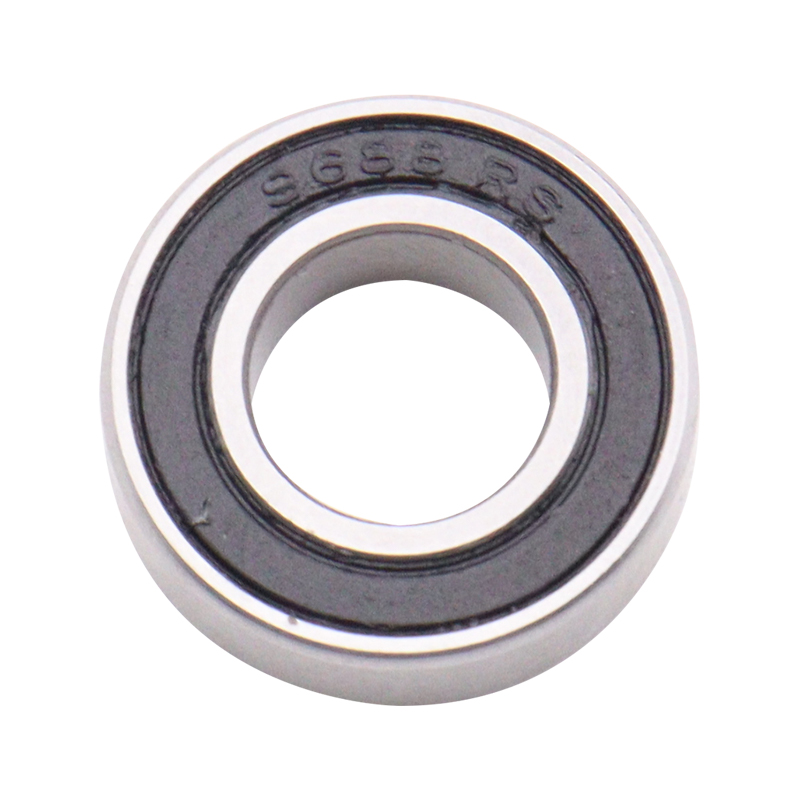
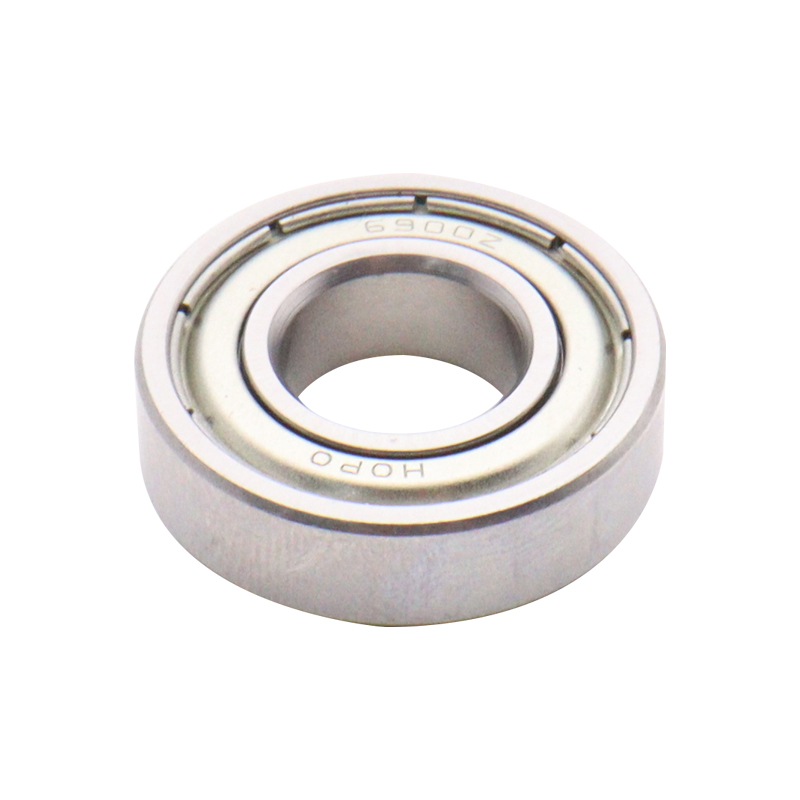
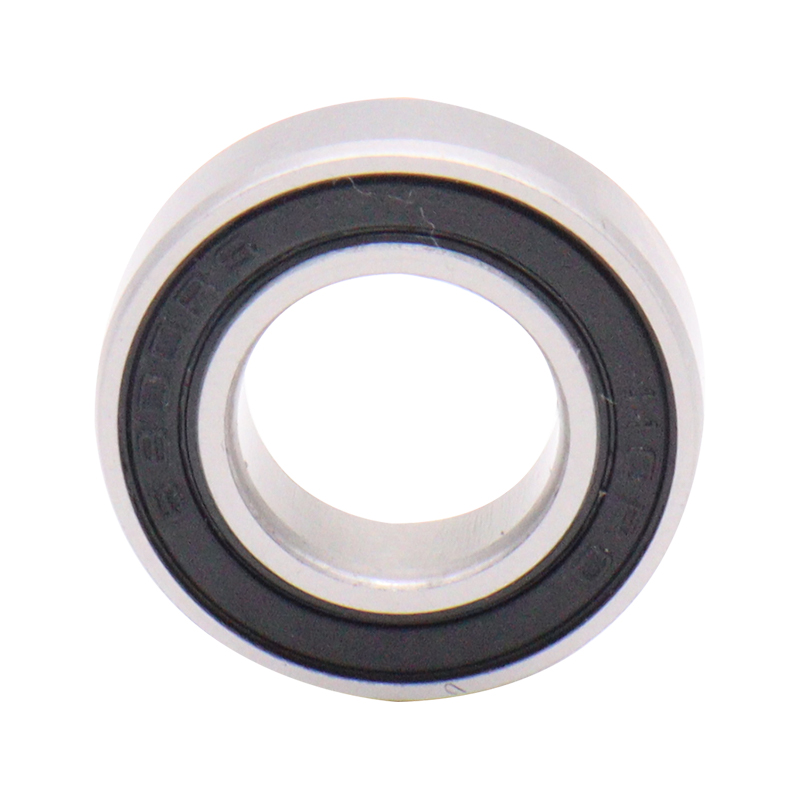
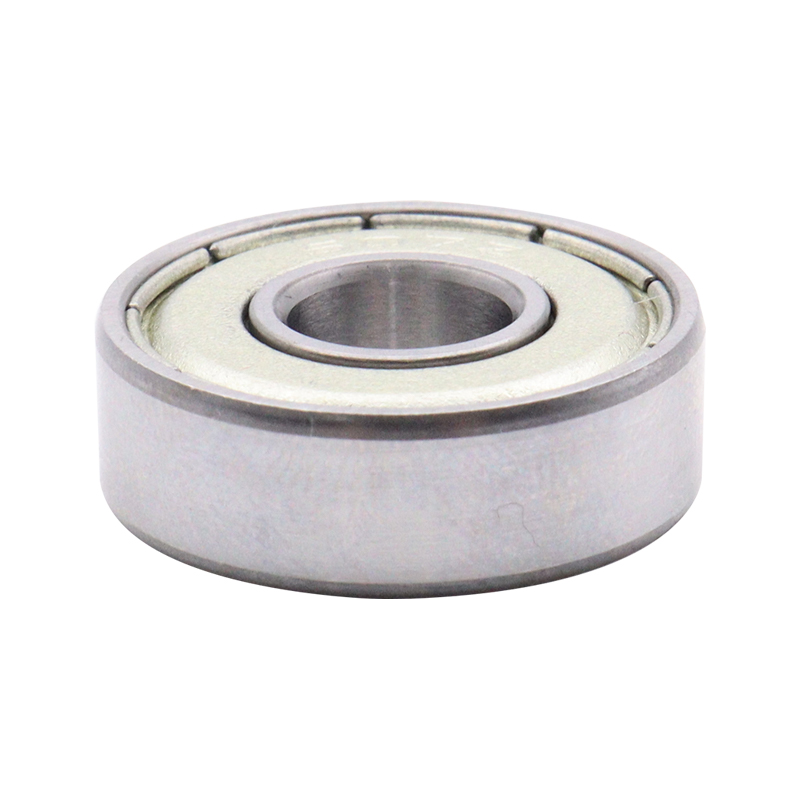
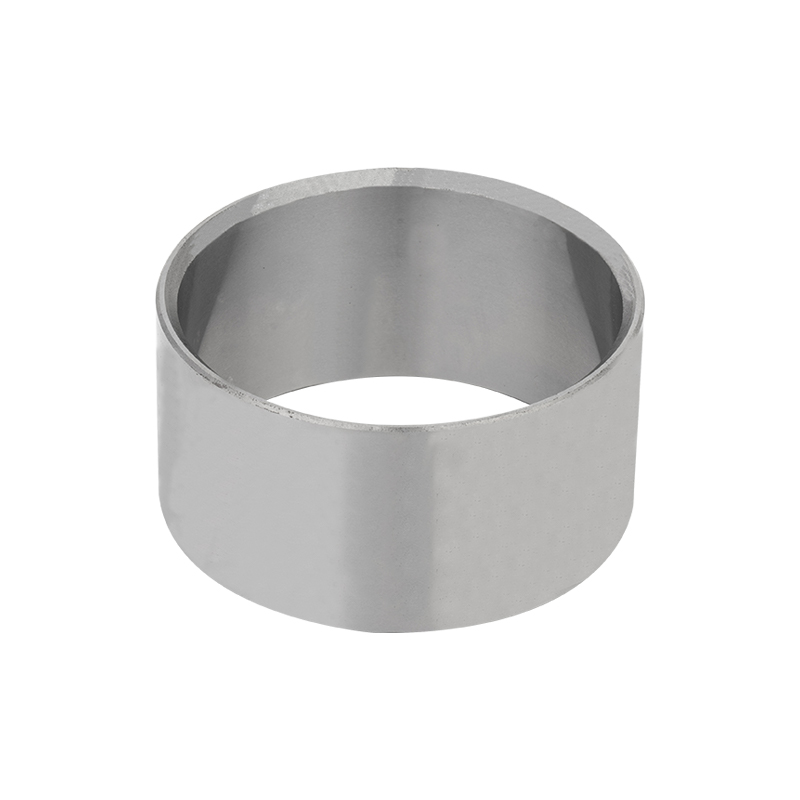


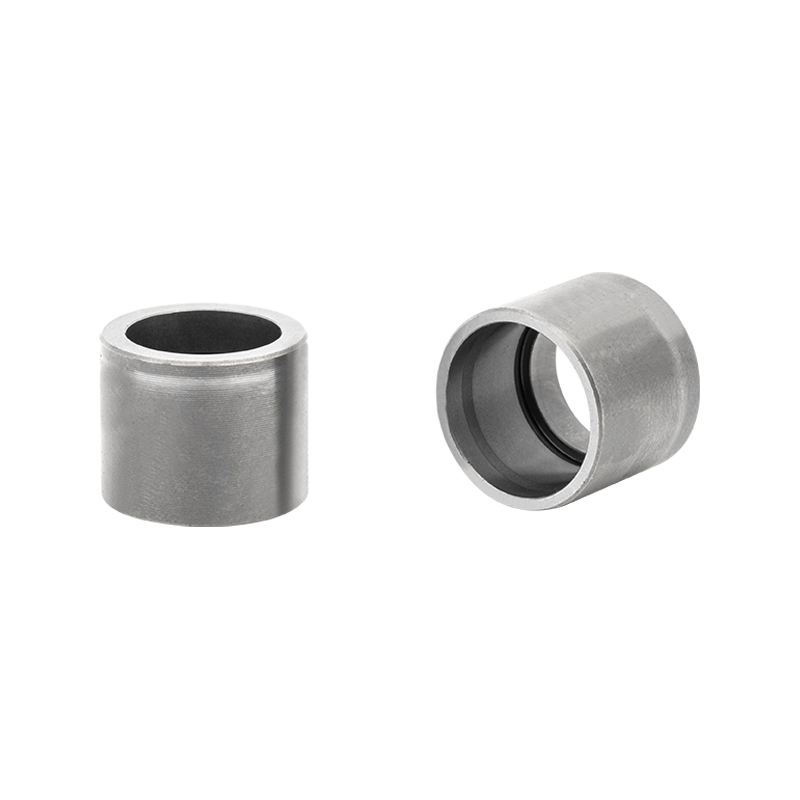


 Download Catalog
Download Catalog
